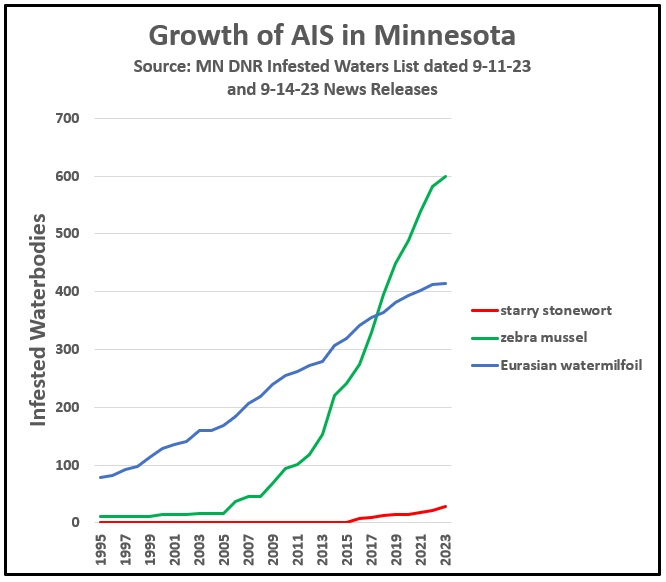
The “Keep It Clean” campaign was started to address the problem of garbage and waste left on the ice by anglers, campers and recreationists through education, legislation, and enforcement. While the ice fishing season has been shortened this year by the weather, the problem is real.
The Keep It Clean bill was signed into law in May 2023, making it illegal to place garbage and waste on or under the ice on Minnesota’s lakes and rivers. A civil penalty of $100 can be imposed for each violation. You can read the details of the law here.









